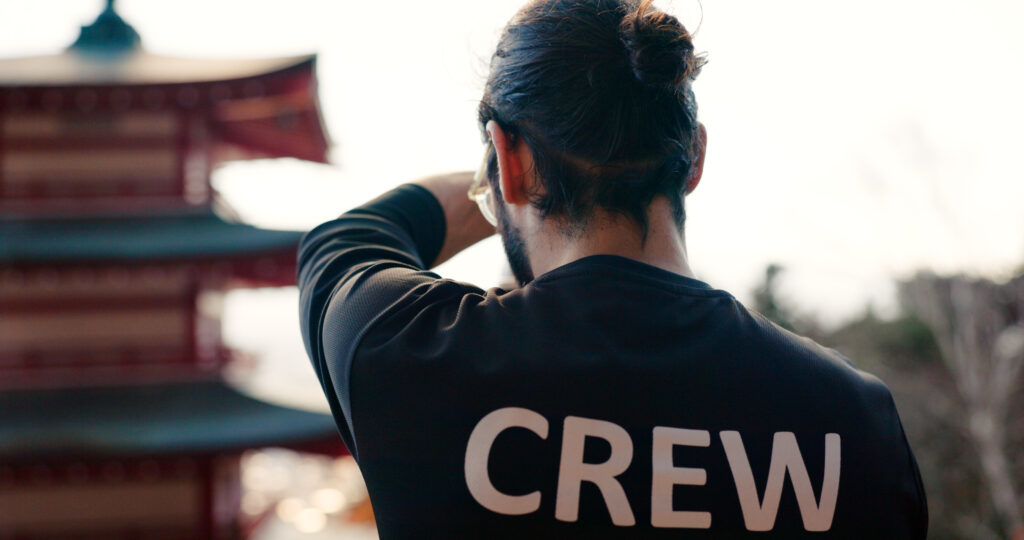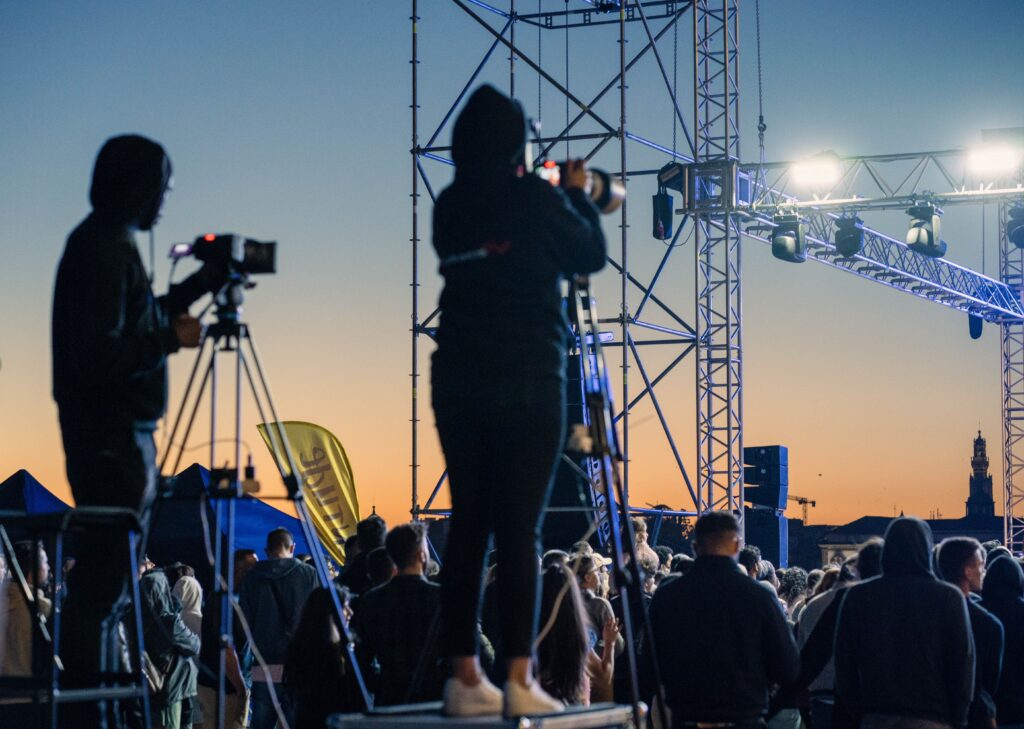Live event production is a high-stakes industry where timing is everything and flawless execution is the baseline. From music festivals and corporate conferences to theater shows and broadcast events, the coordination of staff (audio engineers, lighting and video crew, riggers, PAs, and more) is critical to making it all run smoothly. Yet, many production companies still rely on spreadsheets, email chains, and text threads to organize their people. The result? Miscommunication, double bookings, last-minute scrambles, and missed opportunities. In other words: chaos.

The solution? Staffing management software: a critical tool that’s rapidly becoming a cornerstone for live event success. Often embedded within comprehensive event production inventory systems, it brings structure and scalability to what was once a chaotic, manual process.
The Complexity of Event Staffing
Unlike other industries, live event staffing involves temporary crews, multi-location gigs, fluctuating schedules, and a constant flow of freelancers. You’re not just assigning people to jobs; you’re aligning availability, skill sets, certifications, time zones, travel logistics, and budget constraints, all while responding to last-minute changes.
Trying to manage this level of complexity manually often leads to:
- Schedule conflicts or gaps in coverage
- Confusion over call times and locations
- Delayed response times to crew availability
- Missed compliance with certifications or union rules
- Burnout among team members
That’s where a dedicated software solution comes in.
Centralized Scheduling and Availability
The number one benefit of staffing management software? Visibility. Instead of hunting through messages or outdated spreadsheets, you can see everyone’s availability, roles, and assignments in one place.
With drag-and-drop scheduling, crew managers can assign positions and see conflicts immediately. Filters allow for sorting by skill, certification, or location. Updates are made in real time, so no one’s working off yesterday’s version.
Real-Time Communication
Live events change fast. Timelines shift, venues change, gear malfunctions, and weather intervenes. Instant communication is critical.
Modern staffing tools come with built-in messaging systems, alerts, and push notifications. If someone calls out or a schedule changes, updates are sent instantly to everyone affected.
Streamlined Credential Tracking
Many productions require specific certifications such as scissor lift operation, rigging licenses, pyrotechnics safety, etc. Keeping track of who is qualified (and when those qualifications expire) is a job unto itself.
Staffing platforms often include a credential management system. You can upload documents, set expiration alerts, and filter crew lists based on active qualifications. This not only ensures safety but also helps with compliance and liability.
Payroll Integration and Budget Tracking
Manually tracking hours and calculating pay for multiple freelance roles is not only time-consuming, it’s prone to error. This is where rental staff scheduling software integrated into your systems can save hours of back-office work and reduce payroll discrepancies. Staffing software often integrates with payroll systems or provides time tracking tools that make this process painless.
Some tools even let you forecast labor costs per event, helping producers stay within budget and adjust staffing levels accordingly.
Custom Role Templates and Reusability
Recurring event types, like annual conferences or touring shows, require similar staffing setups. Good staffing software lets you create reusable templates for specific event types.
Rather than starting from scratch, you can preload common positions, shifts, and crew types, drastically reducing planning time and ensuring consistency across gigs.
Increased Accountability
By assigning roles, tracking updates, and logging communications in one system, staffing software makes the process more transparent. Crew members know what’s expected. Managers can verify call times were met. This accountability helps improve professionalism and client satisfaction while reducing the likelihood of no-shows or misunderstandings.

Better Crew Experiences
Let’s not forget the crew. Freelancers can view their upcoming jobs, see call sheets, track hours, submit availability, and upload credentials, all in one place. This empowers them to stay organized and engaged.
A smoother experience for the crew often translates to higher satisfaction and retention; two major wins in an industry where great techs are always in demand.
Adapting to Industry Changes
The events industry is changing fast. Hybrid events, expanded health and safety protocols, and tighter margins are demanding more precision and faster adaptation.
Staffing software helps organizations meet these challenges by reducing admin burden, eliminating errors, and allowing managers to make smarter, faster decisions.
As live events return in full force post-pandemic, the companies that invest in better tools will be the ones that scale successfully.
Smarter Staffing for Seamless Events
Staffing live events has never been simple, but it can be smarter. Purpose-built software centralizes scheduling, improves communication, ensures compliance, and increases accountability. The result: fewer errors, faster workflows, and better events.
If your team is still running crew operations with outdated methods, it’s time to level up with a modern production rental software suite that ties people, equipment, and timelines together.
Flex offers built-in staffing and scheduling tools that integrate directly with your quotes, gear, and event calendar, so everything runs in sync. Want to see it in action? Book a personalized walkthrough today.
